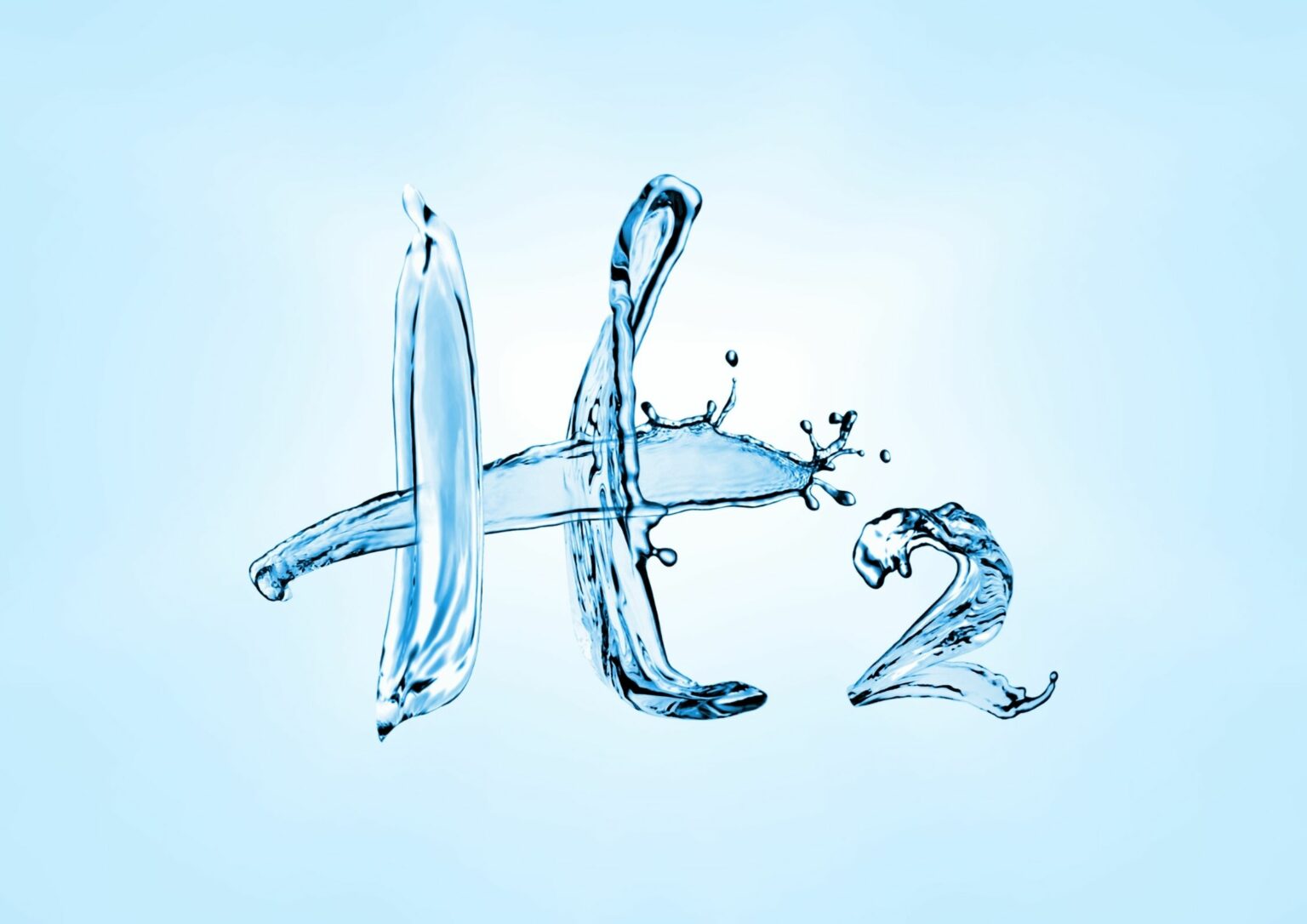The concept of developing electrolysers capable of producing hydrogen directly from unpurified seawater has garnered significant attention.
On the surface, this innovation seems promising, given the abundance of seawater and the need for sustainable hydrogen production.
Current technologies, such as reverse osmosis, efficiently purify seawater for use in conventional electrolysers. This process consumes a minimal amount of energy—only 0.03% of the energy required for electrolysis itself. The cost of purifying seawater to produce one kilogram of hydrogen is less than two cents, a negligible addition to the overall production cost.
Developing new DSE technology appears unnecessary when existing methods suffice. According to Dr. Jan Niklas Hausmann and other experts, the costs and complexities of creating DSE electrolysers outweigh the benefits. These systems must contend with various organic and inorganic contaminants in seawater, leading to potential corrosion and fouling that can compromise the electrolysers’ efficiency and longevity.
Investing in DSE technology diverts resources from more viable and immediate solutions. The development of DSE electrolysers involves overcoming significant technical hurdles, and it remains uncertain whether these systems can ever match the performance of current electrolysers. The promise of DSE as a straightforward solution for hydrogen production is misleading and risks wasting valuable research funding.
Dr. Prashanth Menezes, a catalyst expert, emphasizes the importance of directing funding towards technologies that can make a rapid and meaningful impact on achieving net-zero carbon emissions by 2050. Prioritizing DSE could detract from the development of other critical decarbonization technologies that are more promising and closer to commercial viability.





